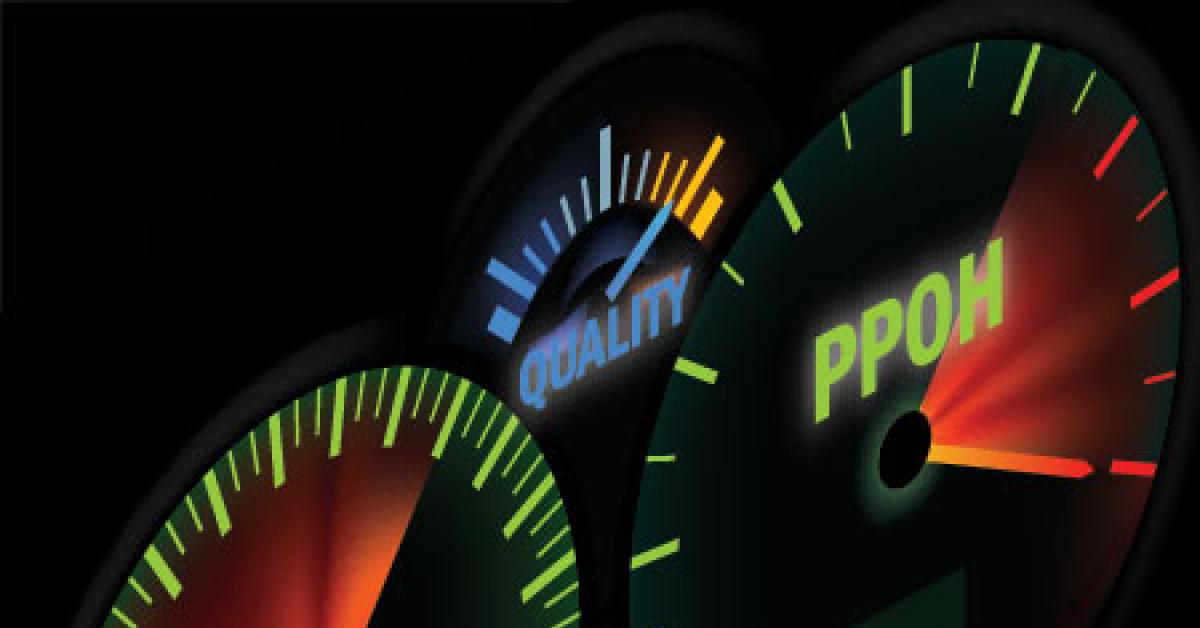SAN FRANCISCO — Seeing new drycleaning equipment almost always generates a temptation to own it or another preferred alternative. It looks so fresh and appealing that the draw to purchase is sometimes difficult to resist.
Should you surrender to that appeal or should you fight the impulse to buy? The only logical answer is to weigh the impact of a purchase as thoroughly as possible.
Some effects of buying new equipment are obvious, some are more subtle and may not be apparent initially.
Results that are more easily valued are:
- Higher productivity and pieces per operator hour (PPOH)
- Lower cost of labor
- Elimination of bottlenecks
- Financial return on investment (ROI)
- Availability of funds (cash, loan or lease)
- Improved quality (cleanliness and finishing)
- Consistency of quality
- Better tracking and control
- Increased effectiveness of management
- More efficient use of space to allow for growth
The first three of these points are closely related, although not exactly the same.
Higher PPOH on one machine may not result in higher PPOH in the entire plant unless it eliminates a bottleneck or frees labor for other productive processes. For example, if the only thing a team member can do is press household goods, it does no good to have them finish that job only to have the work wait for the rest of the items in an order to be ready for delivery. The ROI is dependent on the increased productivity of the entire operation.
The most common objection to upgrading equipment is the cost or the lack of funds available for the purchase. This objection may be valid, but with the flexibility available from suppliers and lenders now, the funds are usually available. The key is to determine if the purchase is worth the investment and at what point will it pay for itself in operational savings or increased sales growth. If that period is less than two years, the purchase should be self-funding and a reasonable investment.
Improved quality of both cleanliness and finishing will reduce the items that must be re-cleaned or touched up, thus reducing labor and improving consistency.
The equipment with built-in productivity feedback helps the operators pace themselves at the goal rate and alerts the manager to slowdowns due to a possible desire to stretch out hours.
Since one of the key advantages of new equipment is higher productivity and efficiency, the same size plant can produce more work, allowing for additional sales growth without the investment required for plant expansion or a move to a larger facility. Improved dependability also provides the ability to run longer or more shifts due to less maintenance downtime.
Potential impacts that may be less obvious include:
- Better customer service at the stores
- Fewer “lost” garments due to fewer holdbacks
- Better capturing of special care fees
- Less support staff required
- Higher customer acceptance
- Staff morale, recruitment and retention
- Lower maintenance cost
- Minimized disruption
- Availability of support
- Energy savings due to higher efficiency
- Self-funding potential
In addition to reducing production labor directly, well-trained operators using efficient, high-functioning equipment will most likely reduce the search for “lost garments” that aren’t really lost but rather needed more work and added excessive touch-up and redo labor. It also reduces labor costs caused by holding up the inspection, bagging, assembly, route drivers and shuttle delays. All of these improvements reduce the support staff labor required to complete the work professionally.
Possibly the most important result of your equipment upgrades is the potential impact on meeting your customers’ expectation to have the work back on time and in professionally finished condition.
Their ecological expectations are part of this consideration as well, so even if you are not required to switch from perc, there are marketing reasons to do so in specific areas.
Fulfilling customer wants and needs will increase their bond and loyalty to your services brand, increase their volume with you, and convert them to an unpaid sales force for your company because they will tell their friends and colleagues.
Don’t minimize the impact that equipment upgrades can have on employee morale. Often a new unit to operate is viewed as a validation of their worth to the company and a reward for their service.
Come back Thursday for the conclusion!
Have a question or comment? E-mail our editor Dave Davis at [email protected].

